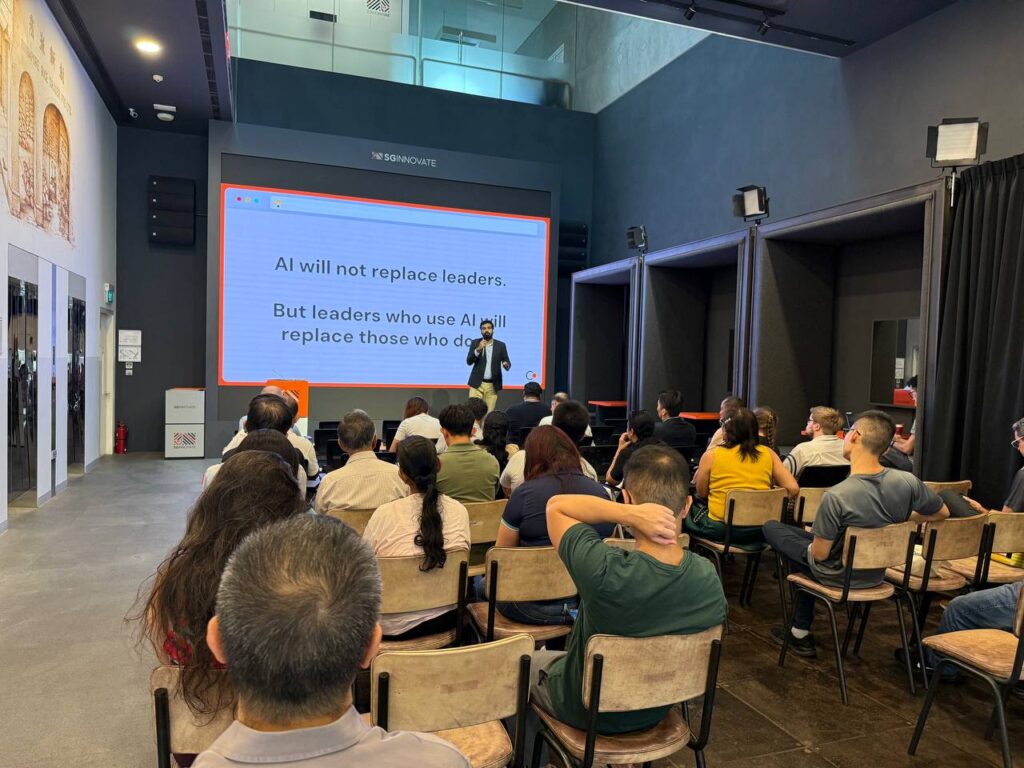The world of work is undergoing a transformation of seismic proportions. Generative artificial intelligence (Gen AI) has shifted rapidly from being a novel technology confined to research labs to becoming a mainstream tool woven into daily business processes. Its ability to create, reason, summarise, generate images or code, and even support decision-making has unlocked new pathways for growth and innovation across virtually every sector.
Yet, with this transformative opportunity comes a host of challenges. Organisations must not only embrace the efficiencies that Gen AI promises but also critically examine the risks, safeguards, governance structures, and leadership practices that ought to underpin its adoption. What is at stake is not simply competitive survival, but the very trust and resilience of organisations and the broader societies in which they operate.
This article explores how organisations can evolve their capabilities in the age of Gen AI by focusing on three critical pillars: safety, governance, and leadership. It will also outline a pragmatic approach for business leaders, knowledge workers, and innovators seeking to sustainably embed Gen AI capabilities while keeping ethical integrity and organisational trust at the core.

